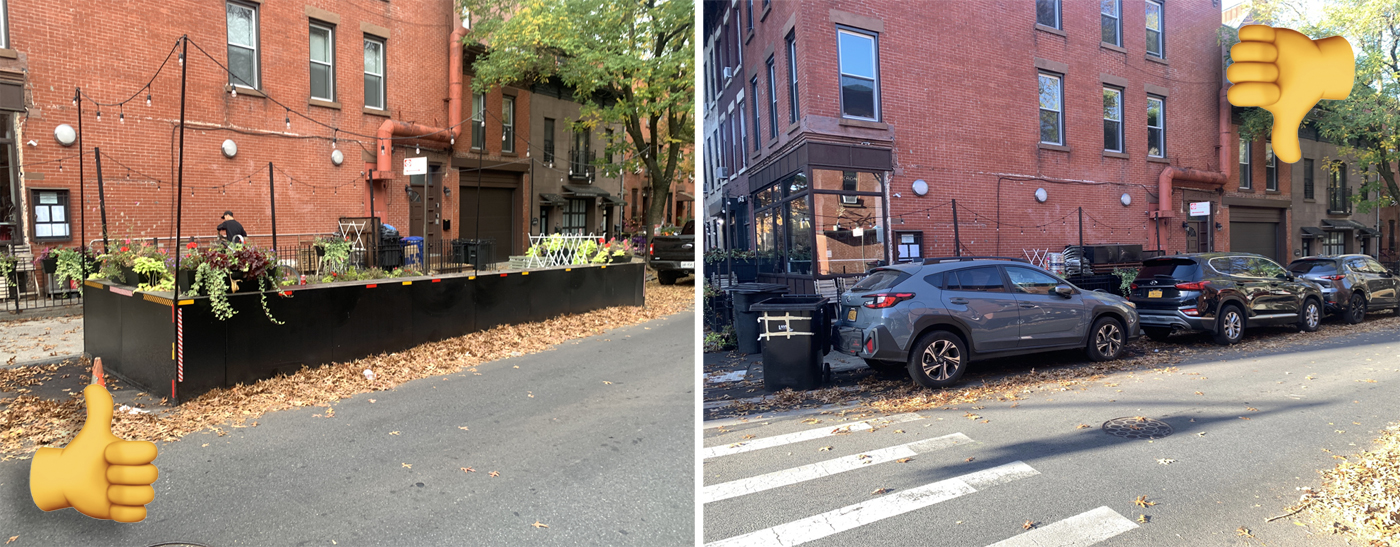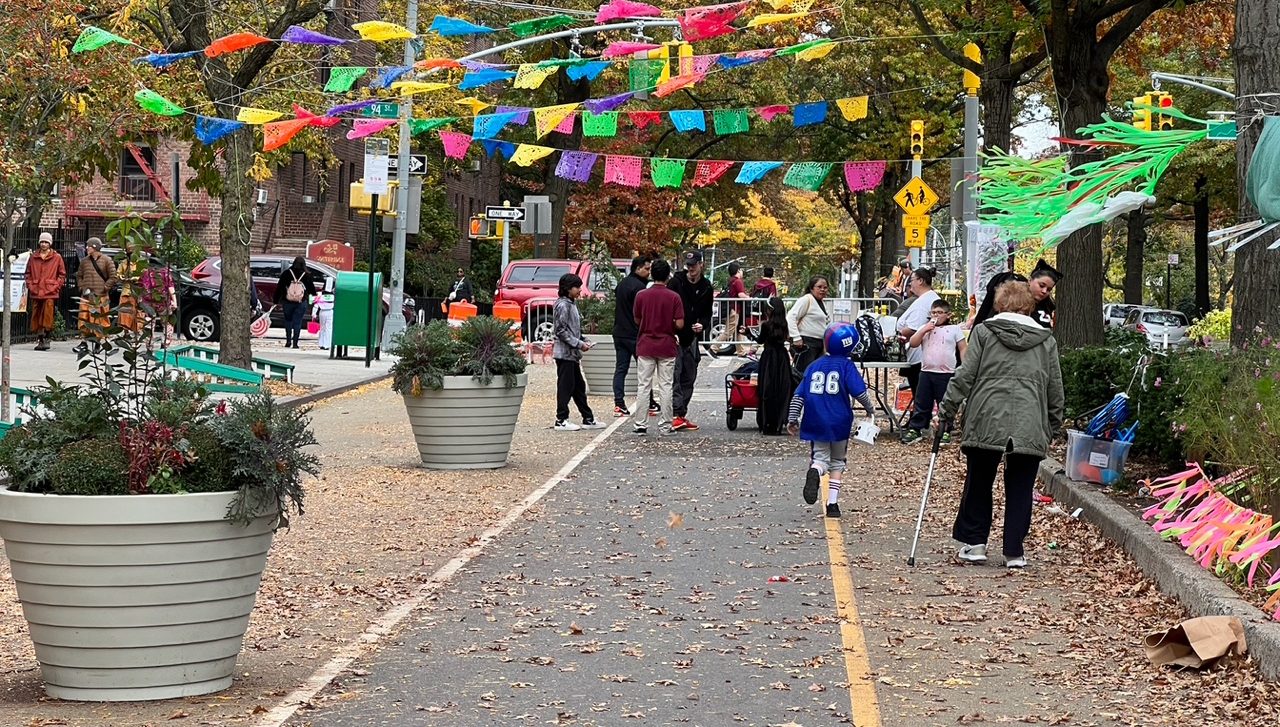
"Transportation has always been the key to unlocking New York's potential."
So begins the PlaNYC chapter on transportation, which for 26 pages lays out how the city can better meet the mobility needs of its existing population, plus an expected additional one million new residents, by 2030. While the document offers tantalizing details on planned upgrades to commuter rail, bus and ferry service, and cycling facilities, it has surprisingly little to say about the city's number one means of getting around: walking.
There is at least one notable exception: the restoration of the High Bridge, an exciting project that will link northern Manhattan and the Bronx for pedestrians and cyclists. But this is considered more of a recreational effort -- hence its placement in the chapter on open space, rather than transportation. Other pedestrian improvements outlined in PlaNYC's transpo section relate primarily to better access to bus and subway stops.
To wit:
- The Sidewalks to Buses initiative focuses on providing sidewalks, crosswalks, bus waiting areas, and other pedestrian safety improvements to improve access. Priority will be given to areas where pedestrians are exposed to high-speed or high-volume traffic on their way to and from bus stops.
- Where possible, we will build sidewalk extensions that allow buses to stop without pulling over to the curb -- and provide more waiting room for riders who might otherwise impede passing pedestrians. (These are being installed in Lower Manhattan this year.)
- To date, we have built raised islands that serve as bus stops at four locations. By 2021, we will complete feasible work at all 42 locations. These upgrades can also include sidewalk extensions to keep waiting riders safe.
- After evaluating all 468 subway stations, we have identified 24 areas in Brooklyn, Queens, and the Bronx that are not yet equipped to handle the rise in sidewalk congestion. These sites were selected in 2000, and work is underway to complete all of them by 2019. [And in Manhattan?]
There will also be an effort to mitigate mode conflicts in targeted commercial areas across the boroughs:
Actions under consideration will include new bus, pedestrian or bicycle enhancements, changes to the road design, modification to parking rules to free up curb space, and technological upgrades like computerized signaling systems to facilitate traffic flow. Broader improvements, such as taxi or for-hire vehicle stands, increased transit service, and targeted traffic enforcement, could also be part of the solutions.
Otherwise, the city will seek to "dramatically" expand the use of red light cameras, rotating their locations "so that drivers will not be able to predict" where they are. All these improvements would ideally help cut down on the hourly injuries and weekly fatalities wrought at the hands of city drivers. But there is no mention, for example, of neckdowns, bulbouts (other than for buses), bollards or other recommended measures to protect pedestrians and encourage walking among the elderly and disabled. Nor is there word of DOT's first-ever study of pedestrian injuries and fatalities, due later this year, or plans to improve the relatively small number of intersections where the majority of pedestrians are killed or seriously injured.
Given the thoughtful, holistic scope of PlaNYC, it's difficult to fathom such omissions. The chapter on open space notes that "each of our trips begins and ends as a pedestrian." True, and on many -- if not most -- of those trips, we're pedestrians in the middle too.
Photo: kagey b/Flickr





